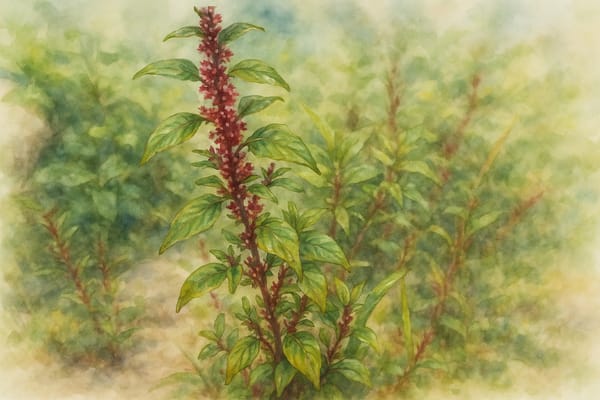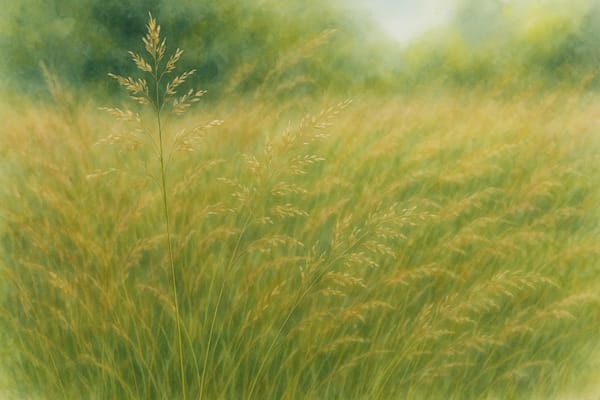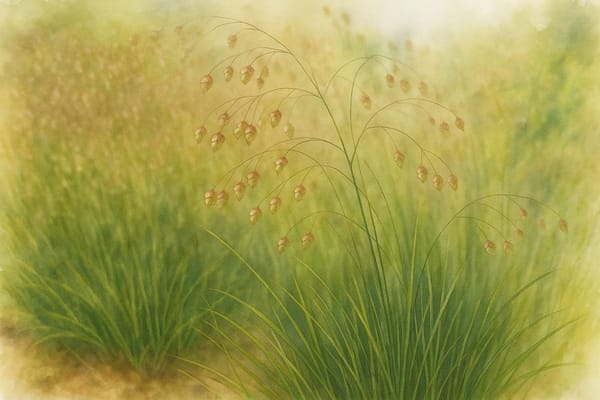The Wall-Hugging Herb of Healing and Resilience
Historical and Cultural Significance
Pellitory-of-the-wall is a quiet fixture of British herbal tradition, long valued for its medicinal and symbolic qualities.
Ancient Herbal Ally
Praised by herbalists like John Gerard and Nicholas Culpeper, it was used to treat urinary stones, kidney complaints, dropsy, and respiratory ailments. Its name comes from its reputed ability to "break stones" and its habit of growing in wall crevices.
Folklore and Symbolism
Often found clinging to ancient walls, ruins, and cliff faces, it became a symbol of resilience and quiet persistence, flourishing in places where few other plants could survive. This made it a plant of the margins — associated with endurance, protection, and humble healing.
The People's Plant
Though not steeped in Cornish-specific legends, its widespread use in folk medicine and everyday healing echoes Cornwall’s tradition of using common plants for both practical and mystical purposes. It was a trusted, gentle remedy — a "people’s plant" valued for centuries.
Growing Pellitory-of-the-wall in Coastal Gardens
Pellitory’s love of walls, rocks, and margins makes it a natural fit for coastal gardens, thriving in sunny, well-drained spots with little care.
| Requirement | Details |
|---|
| Light | Full sun to partial shade |
| Soil | Well-drained, fertile or poor; tolerates sandy/chalky |
| Water | Moderate; drought-tolerant once established |
| Salt Tolerance | Moderate; handles exposed coastal winds |
| Hardiness | Hardy in the UK |
Care and Cultivation Tips
- Site Selection:
Plant in wall crevices, rocky borders, or informal garden edges. Ideal for naturalizing in cracks or ruins. - Sowing:
Sow seeds in spring or autumn; pellitory self-seeds readily in suitable conditions. - Watering:
Water well until established. Mature plants need little watering except in extended drought. - Feeding:
Requires no feeding; avoid over-fertilising in nutrient-poor soils. - Control:
Remove unwanted seedlings if naturalizing too freely. - Pests/Diseases:
Generally pest-free. Note: Pellitory pollen can trigger allergies in some individuals. - Wildlife Value:
Supports red admiral caterpillars and attracts pollinators. A small but important wildlife plant for coastal gardens.
Coastal Garden Notes
- Adapted for Coastal Life:
Thrives in windy, exposed areas with poor or sandy soils. - Naturalizes Beautifully:
Perfect for softening hard landscaping — growing on walls, rocky outcrops, or around ruins. - Ecological Value:
Adds resilience, beauty, and wildlife interest with minimal maintenance.
Summary
Pellitory-of-the-wall embodies resilience, healing, and the quiet power of plants that thrive in overlooked places. In coastal gardens, it offers low-maintenance greenery, herbal heritage, and a living link to centuries of folklore — flourishing where little else dares to grow.











